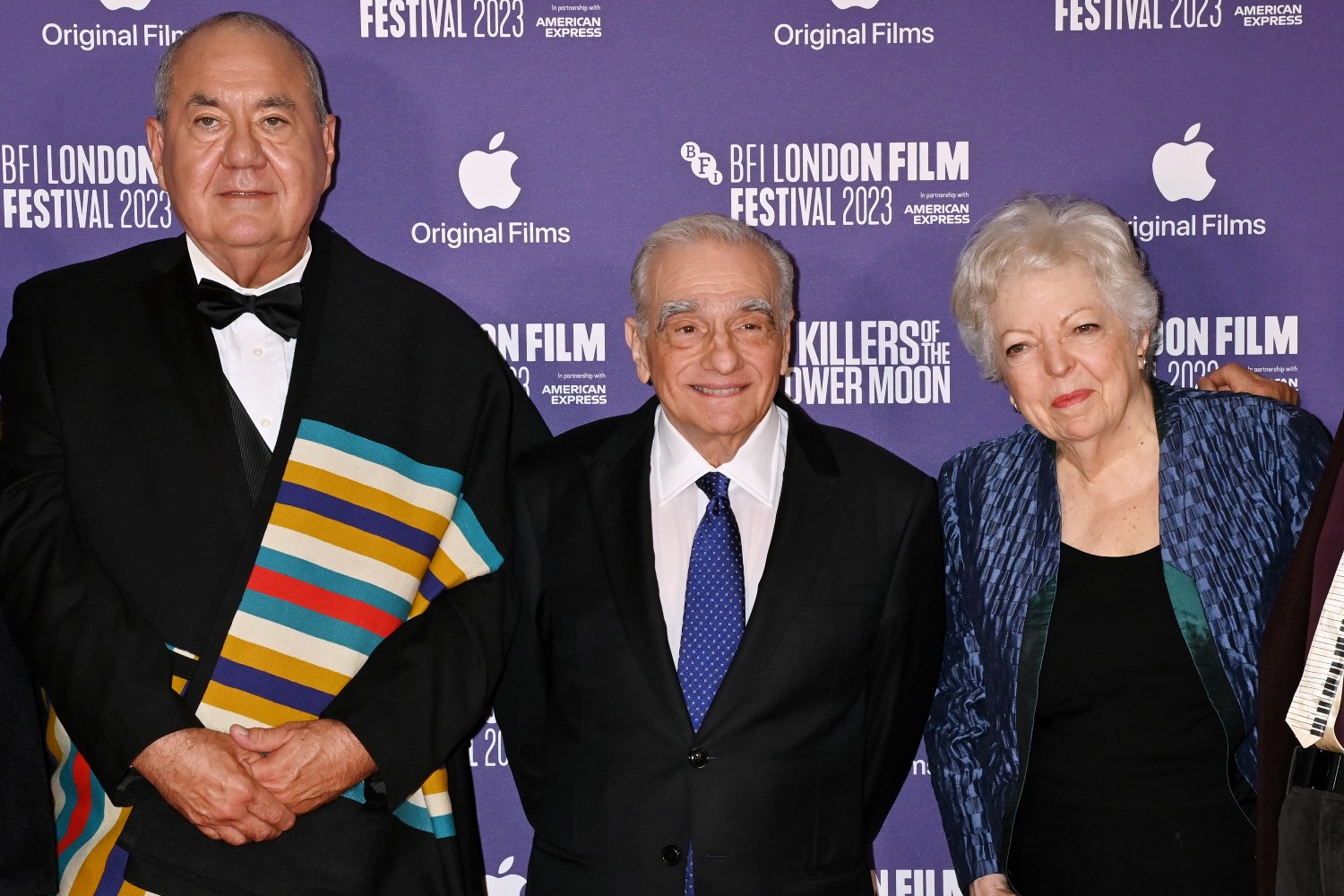It’s been a big year for big films — with both Oppenheimer and Killers of the Flower Moon garnering rave reviews and Oscar buzz with running times that top the three-hour mark. And while this phenomenon — plus the rise of longer blockbuster films — has sparked some debate over films’ length overall, it’s also led to another area of discussion. Decades ago, films of a certain length came with an intermission. Director David Lean’s Lawrence of Arabia is one notable exception, and the practice still crops up; when I saw the full cut of Olivier Assayas’s Carlos a few years ago, it too had a break before the film’s final third.
All of this makes the news that some theaters have been inserting an intermission into Killers of the Flower Moon less than surprising. The film is, after all, almost three and a half hours long — factor in 15 or 20 minutes of previews, and that could mean almost four hours spent in your seat. Whether or not director Martin Scorsese should have added an intermission is a question for another day; what’s relevant here is that he did not. And — big surprise — it turns out studios don’t look terribly kindly on theaters re-editing their productions.
That’s the big takeaway from a Ryan Gajewski-penned article at The Hollywood Reporter. As Gajewski reports, several theaters have taken it upon themselves to insert a break into the film, including one Colorado spot that went viral for a sign touting the practice.
Representatives of Paramount and Apple Original Films sought out the theaters engaged in the practice and warned them that this was a violation of their agreement, Gajewski writes.
“Killers of the Flower Moon” and the Stunted Masculinity of Leonardo DiCaprio’s Scorsese Characters
The actor and director reunite for the first time in a decade with the new filmThe THR article also cites an anonymous theatrical employee who defended the practice — and would have liked to have seen it used for another high-profile film. “Everybody was really into it because it’s a longer movie, and they’re like, ‘I wish we would have had it for Oppenheimer.’ People could come out, order another drink, stretch their legs, go to the bathroom and not miss anything,” they said.
It’s not hard to see why a theater would want to opt for this change to the film — especially if it means more food and beverage revenue. But the studio response is also understandable — though it does beg the question of whether a studio behind an epic-length project might opt to feature an officially sanctioned intermission just to see how well it works.
This article was featured in the InsideHook newsletter. Sign up now.
